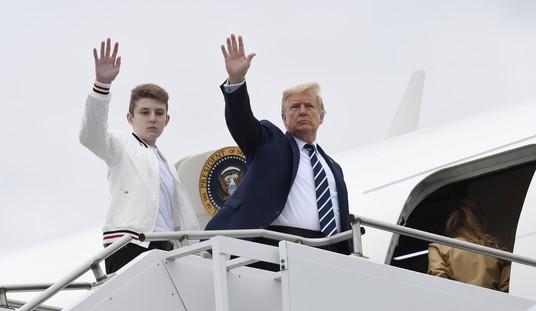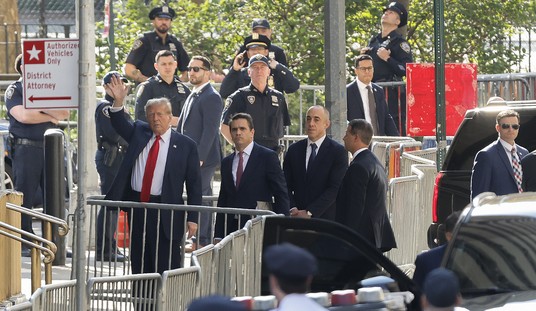Time for another variation in his now standard-issue Carter-esque Malaise speech from the president:
Obama said it’s important to remember that the U.S. is still the largest receiver of foreign investment in the world and things like stability, openness and innovative free market culture are attractive. He also said there are a lot of things that make foreign investors see the U.S. as a great opportunity – like stability, openness, our innovative free market culture.
“But we’ve been a little bit lazy, I think, over the last couple of decades. We’ve kind of taken for granted — well, people will want to come here and we aren’t out there hungry, selling America and trying to attract new business into America, Obama said.
Yes, I can see why the president thinks we’re not selling America very well. Recall this less than enthusiastic pitch for the USA back in 2008:
And while Laura Vanderkam’s Winter of 2011 City Journal article titled “Where Did the Korean Greengrocers Go?” focuses on the sorts of smaller family — damn bitter clingers! — businesses that the president can’t concern himself with, it’s a reminder that America can still produce successful first generation entrepreneurs who then go on to raise prosperous families here:
After the Immigration and Nationality Act of 1965 opened the door to consistent migration from South Korea, Korean greengrocers, with their neat stacks of canned goods and their “stoop line” (sidewalk) spreads of apples, oranges, and flowers, became ubiquitous in the city, particularly in blighted and dangerous neighborhoods lacking regular grocers. But more recently, these stores have been vanishing. The Korean Produce Association reports that it has 2,500 members in the New York–New Jersey area, down from 3,000 a few decades ago. Pyong Gap Min, a professor of sociology at Queens College and author of Ethnic Solidarity for Economic Survival: Korean Greengrocers in New York City, puts the number in the greater New York City area much lower, at fewer than 1,500. The drop has been even more pronounced in neighborhoods like Harlem and Flatbush, where Korean-owned groceries, fish stores, and produce stands once flourished.
What happened? There are two stories behind the Korean greengrocers’ disappearance. One involves a changing New York economy over the last 20 years. The other, a particularly Korean saga, is a story of how immigration can work in America—a testament to how far these new Americans have come in a single generation.
But are they working with sufficient virtue?









Join the conversation as a VIP Member